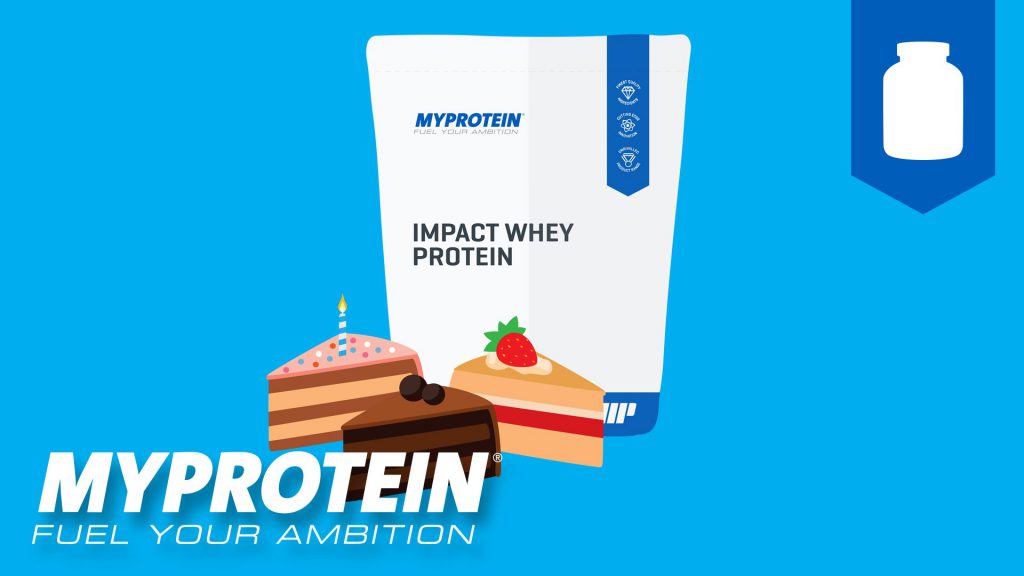Feeding Teens – Senior Citizens Can Benefit From Their Nutritional Needs
I thought my days of feeding teens were over. But after my daughter and former son-in-law died in separate car crashes in 2007 I became a GRG — grandparent raising grandchildren. Suddenly I was cooking for teens again. It was a hard adjustment and the first thing I had to do was cook more food.
Every other day I go to the grocery store. I am there so often that many staff members know my name. My goal is to feed my grandkids delicious, nutritious and balanced meals, a goal supported by many dietitians and medical institutions.
Mayo Clinic, in a website article, “Nutrition for Kids: Guidelines for a Healthy Diet,” lists teen calorie needs. Girls who are 15-18 years old require 1,800 to 2,400 calories per day, depending on their physical activity. Boys who are 15-18 years old require 2,200 to 3,200 calories per day, depending on their physical activity. My grandchildren were 15 1/2 when they moved in with my husband and me. Because my granddaughter was in gymnastics (she has graduated now), she ate as much as her twin brother.
Teens need to eat enough fiber. Girls need 26 grams per day and boys need 38 grams. To increase the twin’s fiber intake I try to serve two fruits for breakfast, such as orange juice and strawberries. Dinner always includes a vegetable and a salad. I always have a jar of unsweetened applesauce on hand. When I can, I sneak extra vegetables into recipes.
Before I buy cereal I check the fiber content. I also look for products that contain whole grains. When I plan a meal I think about the fat content and cook with olive oil. The twins are not interested in desserts so we rarely eat them.
Teens also need to eat enough calcium. Elizabeth M. Ward, MS, RD writes about this need in her WebMD article, “Feeding Your Teenagers: Parents can Help Teens Learn to Make Healthy Food Choices.” According to Ward, “calcium needs are higher than ever during the teen years.” I buy calcium-fortified frozen orange juice and keep a supply of light yogurt (the twin’s favorite snack) on hand.
The Rhode Island Department of Health discusses the importance of nutrition and physical activity in a website article, “Tips on Raising Your Pre-Teens and Teens.” Regular physical activity and good nutrition go hand in hand, the article notes. The same is true of senior citizens. We need to stay physically active and monitor our nutrition.
Feeding teens can have a beneficial affect on seniors’ health. Like teens, we need to eat at least five servings of fruits and veggies a day, eat enough fiber, eat enough calcium, include whole grains in our diet, limit fatty foods and sweets. But we have to watch our serving sizes. Seniors have lower calorie needs than teens and we cannot eat as much as they do. Darn it!
Copyright 2010 by Harriet Hodgson
Feeding Teens – Senior Citizens Can Benefit From Their Nutritional Needs by Harriet Hodgson



